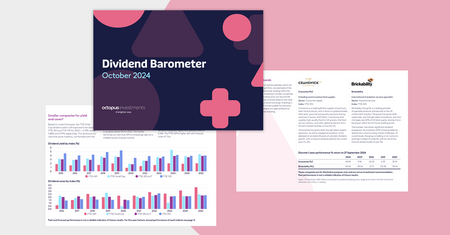For professional advisers and paraplanners only. Not to be relied upon by retail investors.
This on demand webinar was recorded on 21 February 2024. All information will have been correct at the time, but some statistics and deadlines may now be out of date.
You can still submit questions, but these won't be answered in the Q&A. Instead a member of our team will get in touch with an answer.
Estate planning isn’t something you do overnight.
Getting it right takes time and care. And it’s easy for clients to feel overwhelmed when they start their estate planning journey.
But with more than £47 billion set to be collected in the next five years1, the worst option for a client is to avoid the conversation.
That’s why we’re hosting a webinar that your clients can join. It gives you an opportunity to introduce any relevant clients to inheritance tax and the key ways to plan for it, including Business Relief.
We’re hoping this webinar will help you spark new client conversations or move ongoing conversations forward.
The studio webinar will cover:
- Common myths and pitfalls surrounding inheritance tax.
- A client’s options to plan for inheritance tax – key approaches and their benefits and drawbacks.
- How Business Relief works and why it exists.
- Hear from an adviser and their client about how they’ve approached estate planning and Business Relief.
- The underlying real-life companies within our Business Relief products.
IMPORTANT INFORMATION :
Enter YOUR details opposite to join (adviser registration only).
If you have clients you wish to invite, they need to be registered using this link. You can share the link with clients or sign them up on their behalf using the link.
Send your client a webinar viewing gift pack
Get in touch with your local Business Development Manager (BDM) to have a webinar viewing gift pack (containing tea and biscuits) posted to your client. Follow this link to find your local BDM.
Key risks to keep in mind:
- The value of an investment, and any income from it, can fall as well as rise. Investors may not get back the full amount they invest.
- Tax treatment depends on individual circumstances and could change in the future.
- Tax relief depends on portfolio companies maintaining their qualifying status.
- The shares of unquoted and AIM-listed companies could fall or rise in value more than shares listed on the main market of the London Stock Exchange. They may also be harder to sell.
1 The Office for Budget Responsibility (OBR), November 2023.




